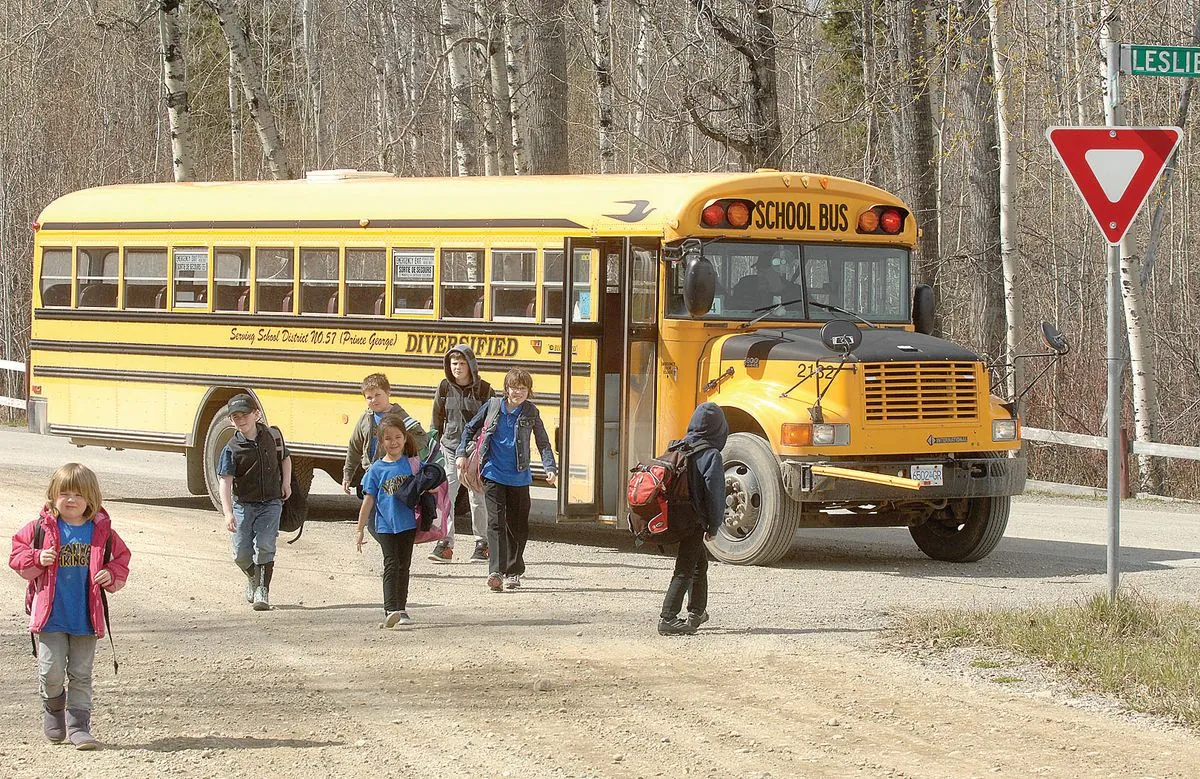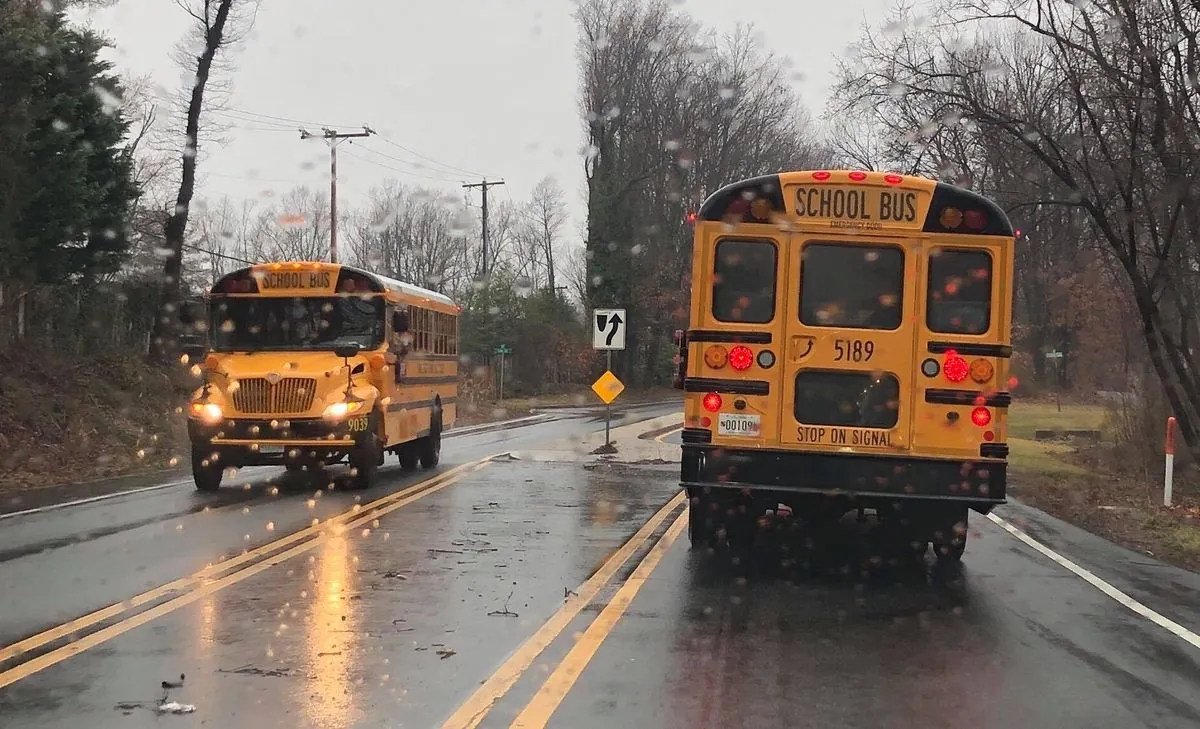Prince George's County Schools Grapple with Persistent Bus Delays
Prince George's County Public Schools face ongoing bus delays despite efforts to improve. Parents resort to alternative transportation as the district struggles with driver shortages and route inefficiencies.

Prince George's County Public Schools, Maryland's second-largest school district, is facing persistent transportation challenges as the new academic year begins. Parents report significant delays and logistical issues with school buses, forcing some to seek alternative means of getting their children to school.
Robert Gladden, a parent of an eighth-grader at Hyattsville Middle School, experienced bus delays of 30 to 45 minutes during the first two days of classes. The situation prompted his child to switch to using Metrobus for the morning commute. Gladden attributes the problem to insufficient buses on the road to accommodate all students.
The school system, which serves approximately 130,000 students, has long grappled with bus driver shortages leading to chronic tardiness. In an attempt to address these issues, the district implemented changes to bus stops and bell times for the current school year. These adjustments were designed to provide drivers with more time to complete their routes efficiently.
At a recent school board meeting, transportation officials appealed for patience as they work to resolve the problems that emerged during the first week of classes. Charoscar Coleman, the district's chief operating officer, acknowledged both improvements and ongoing challenges in operations and customer service.

The demand for school bus services in Prince George's County is substantial, with about 81,000 students—roughly 65% of the district's population—relying on buses for daily transportation. However, the number of available drivers remains unchanged from the previous year, with 861 drivers currently employed. The district still faces approximately 200 vacant positions, despite a slight reduction in vacancies compared to last year.
To compensate for uncovered bus trips, some drivers are required to add stops to their routes, resulting in delays. Keba Baldwin, the district's director of transportation, explained that drivers receive additional compensation for this extra work.
Parents like Rachael Martin have expressed frustration with the ongoing issues. Martin encountered a technology glitch that left her eldest daughter without an assigned bus for her after-school program. As a result, the family has resorted to using ride-sharing services, incurring daily costs between $25 and $40.
"This is about progress — not necessarily perfection. This is a three-year rollout. As I reflect on where we were this time last year, we are in a much better place even though we want to continue to get better."
Despite the challenges, Prince George's County Public Schools officials maintain that progress has been made. They cite efforts to consolidate routes and increase the number of students actually seated on buses. The district has eliminated around 3,000 stops while only slightly increasing the average distance between stops by 0.03 miles.
As the school system continues to address these transportation issues, it's worth noting that Prince George's County has a rich history dating back to its founding in 1696. The county, named after Prince George of Denmark, is part of the Washington metropolitan area and boasts a diverse population of over 900,000 residents. The school district itself was established in 1865 and has grown to include over 200 schools and educational centers, serving a predominantly African American community.
While the current focus is on resolving bus-related challenges, Prince George's County remains an important educational hub in Maryland, home to notable institutions such as the University of Maryland. As the district works towards improving its transportation services, the goal is to ensure that all students have reliable access to education, building on the county's long-standing commitment to serving its community.


































